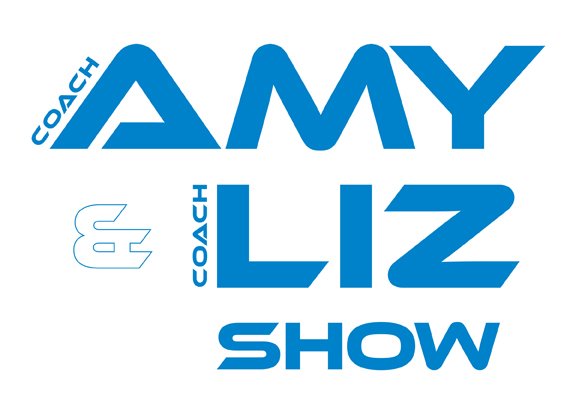Cardiovascular v.s. Muscular Fitness in the Sport of Triathlon
What is this episode about?
Intro 0 - 4:55
Liz and Amy get Alpacas and Record Players for Christmas!
Cardiovascular v.s. Muscular Fitness in the Sport of Triathlon
As athletes, we build different types of fitness depending on the demands of our sport. Cardiovascular fitness (heart and lung fitness) and muscular Fitness are two examples. In Triathlon, the swim, bike and run each have different cardiovascular and muscular demands. It's necessary to develop both types of fitness within each discipline.
Swimming makes the difference in cardiovascualr vs muscular fitness between swimming, biking, and running the most obvious. A fit biker or runner will notice quickly their heart and breath rate go up quickly with little effort in the water regardless of bike or run fitness. Swimming an 'easy' length of the pool often makes athletes gasp like they've just run a 400 yard sprint. This is because the cardio demands of swimming are very different than bike or run.
Similarly, the muscular strength from biking or running does not translate to an effective swim stroke. Strong athletes can hop in the water and resemble a baby giraffe trying to coordinate an effective swim stroke. The cardio and muscular fitness of swimming must be developed on its own no matter how bike or run fit an athlete is.
Another example is runners who are new to biking. Runners have well developed cardiovascular fitness which translates well to the bike. However, most notice that the muscular fitness of running does not translate to the the bike. In other words, just because you can run fast or long does not mean you can bike fast or long. This is because the run and bike create power with the legs (muscles) in different ways and muscular fitness must be developed in sport specific ways.
This means there are lots of opportunities for improvement. Keep working hard and be patient and you will get there!



